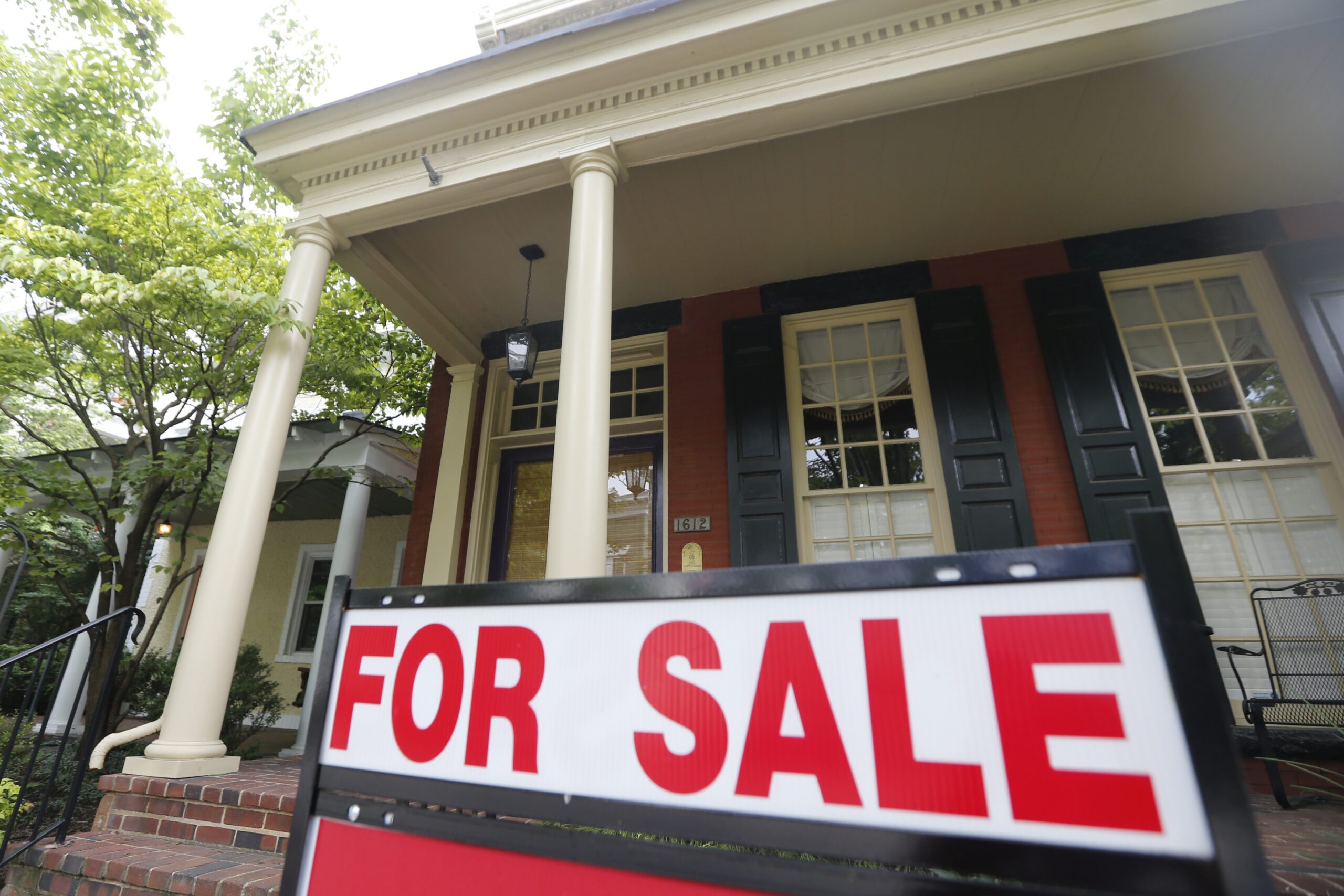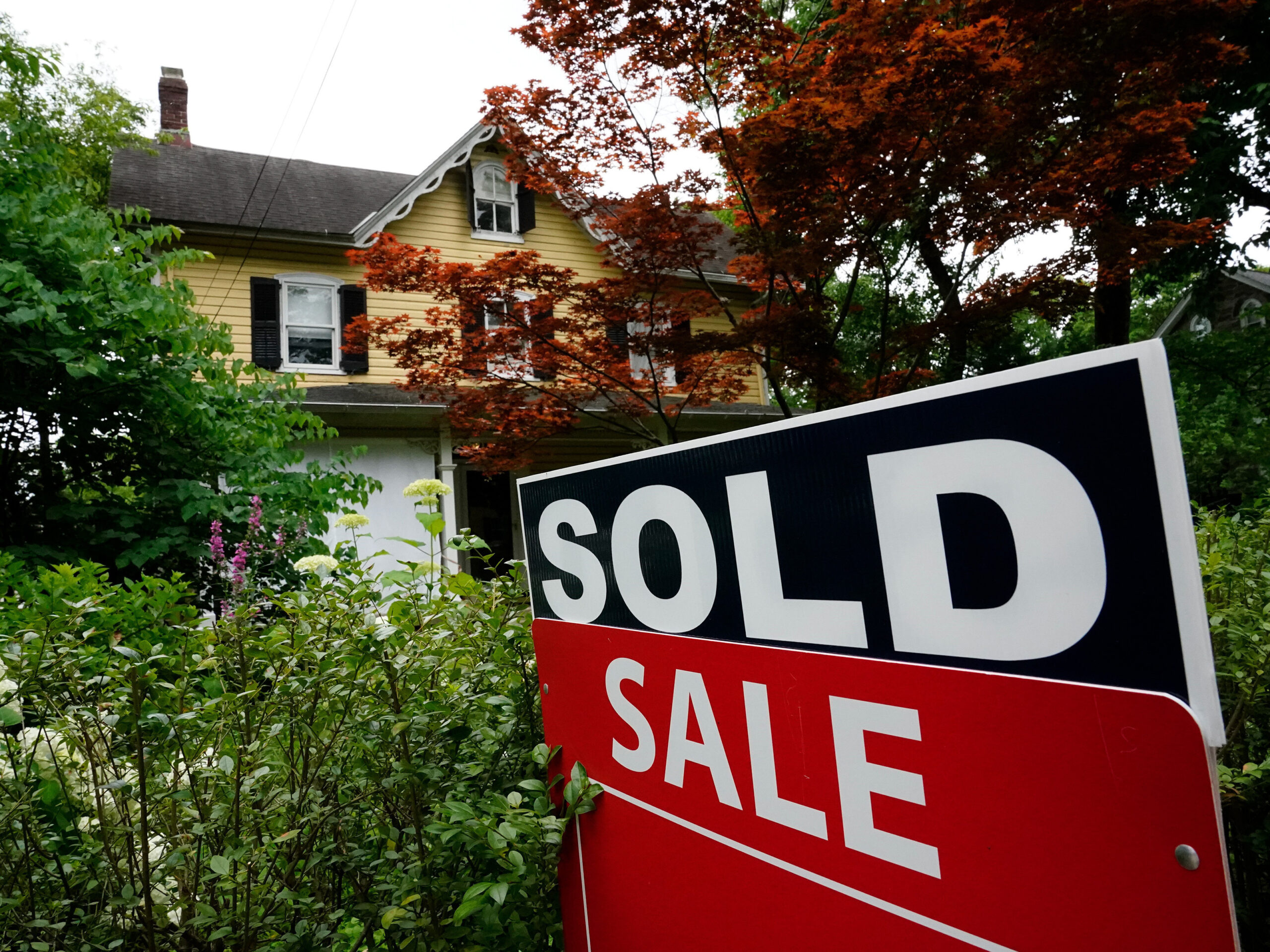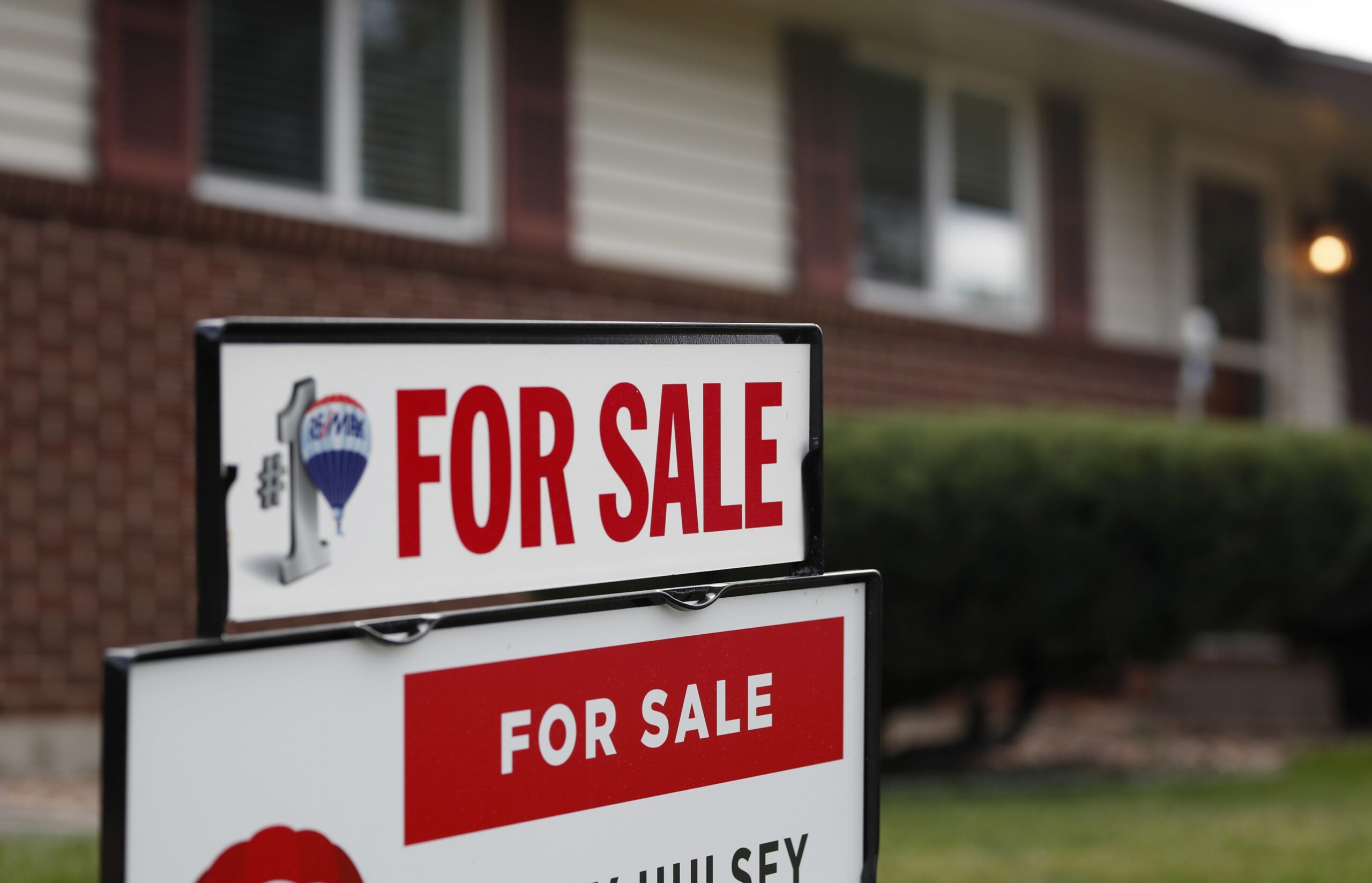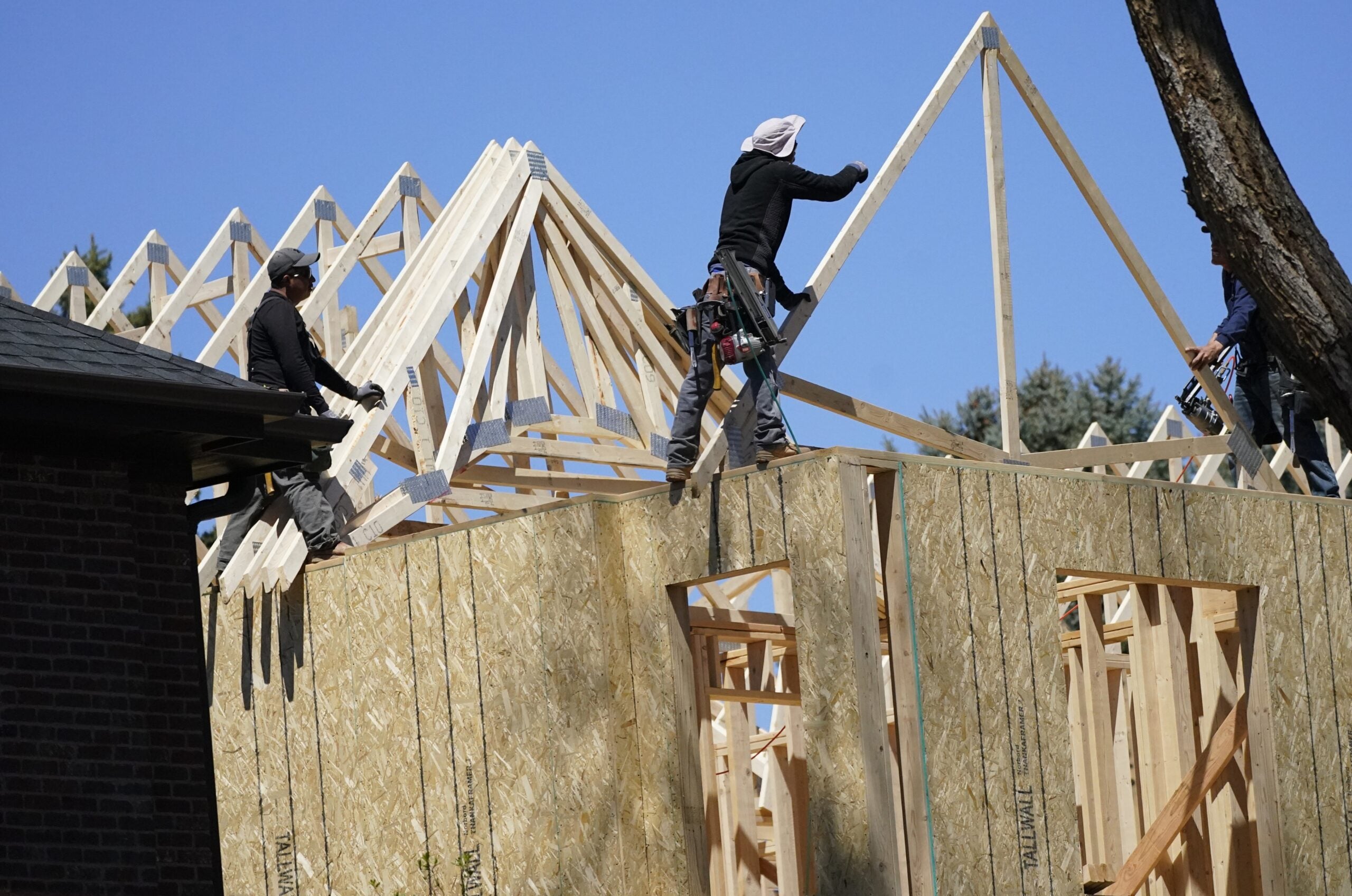The median home price in Wisconsin has more than doubled over the last decade, as supply has failed to keep up with demand after homebuilding slowed during the Great Recession.
That’s according to new data from the Wisconsin Realtors Association, or WRA, and a new report from the University of Wisconsin-Extension.
Median home prices in Wisconsin have risen from $144,000 in May 2013 to $294,000 in May 2023, according to realtors association data.
Stay informed on the latest news
Sign up for WPR’s email newsletter.
In fact, from February 2012 to the same month this year, Wisconsin went from having the second-lowest median home sale price among its neighbors — Illinois, Minnesota, Michigan and Iowa — to the second-highest, according to UW-Extension.
The Extension report says supply of new housing hasn’t kept up with demand, putting upward pressure on prices for both homeowners and renters.
Steven Deller, professor of agricultural and applied economics at UW-Madison, authored the report. He said many were hoping to see downward pressure on prices in response to the Federal Reserve raising interest rates, but that hasn’t happened yet.
Deller said high mortgage rates have had a modest effect on demand for homes, but a greater influence on those who currently own a home to postpone older couples from downsizing or young families upsizing, keeping some homes off the market.
“The normal churn in the housing market, the new supply of housing or the increase of existing homes going on the market is actually dropping a little bit more than the decline in demand,” he said.
He said homeowners who have current mortgage rates around 3 percent are less likely to sell their home to purchase another at a rate between 6 or 7 percent.
“The number of houses that are being put up on the market has really kind of dropped off,” Deller said. “But you’re still seeing demand, outpacing supply, and that’s causing housing prices to go up.”
As a result, home prices have continued to climb, increasing each month this year, according to WRA data. That’s despite a 26.4 percent decrease in sales relative to the first five months of 2022.
“An aging baby-boom generation, now ready to downsize, is being replaced as the largest generation by millennials at their prime home buying stage of life,” Joe Horning, WRA chair of the Board of Directors, said in a statement. “While this demographic shift should translate into much stronger sales, higher mortgage rates have sidelined millennial buyers and have also kept some boomers from listing their homes. With new construction remaining low, our inventory problems persist.”
The UW-Extension report said the increase in home prices represents a “remarkable increase in wealth” for homeowners, but creates financial stress for buyers.
That’s been especially hard for first-time homebuyers, typically millennials, WRA President Michael Theo said in a statement.
“They have smaller down payments than repeat buyers, and so higher mortgage rates have a bigger impact on their ability to compete for homes on the market,” he said. “Hopefully both mortgage rates and price appreciation will continue to moderate so more buyers in this important generation can start accumulating wealth through homeownership.”
Adding to the issue, many builders believe the costs of new construction make building starter homes or workforce housing unattractive, often finding that the profit margins on higher-end homes are “simply too attractive,” according to the UW-Extension report.
On June 22, Gov. Tony Evers signed a bipartisan package of bills to address affordable housing. The bills offered several no-interest loan programs for developers building workforce or senior housing.
But Deller said the effect of the new laws on Wisconsin’s housing shortage may not solve the problem as the “economic forces” at play are just too big.
“If the housing market is hemorrhaging, this is a Band-Aid,” he said. “It’ll help a little bit, but it isn’t gonna solve the problem.”
Wisconsin Public Radio, © Copyright 2024, Board of Regents of the University of Wisconsin System and Wisconsin Educational Communications Board.





